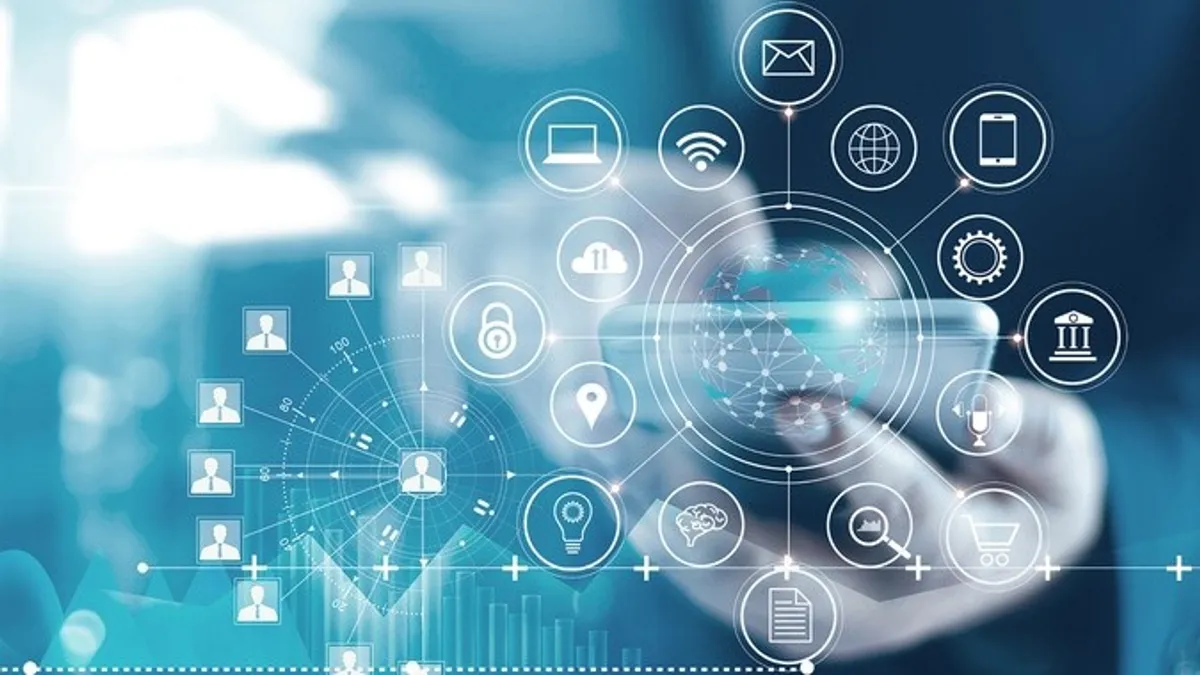There isn’t a one-size-fits-all solution for businesses today to keep pace and stay modern in the face of an ever-changing digital landscape. Technology drives business modernization, but it’s truly understanding what the business goals are before the solutioning starts.
Often, this requires a fundamental shift in thinking for CIOs. Once tasked with evaluating and recommending the next new technology to satisfy business needs, CIOs must now become a true partner to the CEO, CFO and business decision makers. Organizations getting this right are implementing well-rounded strategies unique to their journeys, considering their desired business outcomes and how it will work with their customers, employees and constantly changing markets.
To find success, CIOs should let business goals drive technology investments, eliminate bias towards customers and employees to enhance overall experiences, focus on data management capabilities and put security first in every aspect of the organization.
Business modernization strategies align with desired business outcomes, not technology implementation
Companies fall into a trap of being too nearsighted, viewing technological updates as a strategy instead what they really are: useful tools that can enable the greater vision. You can’t “lift and shift” your business modernization strategy. Every business has different customer needs and business goals, which demands a strategy tailored to that organization. Digital transformation efforts are most effective when an organization focuses on business needs as the primary driver of technology investments—not the other way around.
For example, an organization may implement a strategy that rapidly responds to changing customer, employee and market needs. While cloud migration is not the strategy, it is the technology that enables it. Once the CIO understands the business goals and shifting customer and employee needs, the organization can develop a true business modernization strategy.
Business modernization strategies consider the omnichannel experience for customers and employees
Focusing on the customer and on the employees can separate companies from their competitors by opening new opportunities for innovation. Customers and employees expect personalized experiences with every interaction. We know that these experiences for customers become a brand differentiator that keep business flowing. Better experiences for employees not only keep them engaged but also improve how the business runs by helping them focus on priority work and offload menial tasks to automated systems.
Consider what your customers and employees actually want. True personalization isn’t supported by legacy technology. Consider removing legacy technology and systems that prevent companies from delivering on digital experiences.
Strategies start with a focus on culture. Be bold and challenge your assumptions about what your stakeholders need. Continually evaluate the digital experience and use your technology to empower and energize your customers and employees. Listen to your stakeholders—their feedback is a gift. Use it to eliminate biases on what you think customers and employees need versus what they actually need.
Business modernization strategies build premier data monetization capabilities for an AI future
Companies must focus on monetizing real-time data access at the lowest cost. As AI and machine learning technologies become more available, the value of data and using it to move forward becomes more important. Building good fundamental data management practices into your business modernization strategy will really pay off as companies build advanced analytics and machine learning capabilities to respond to market challenges and changing customer demands. If data is the new oil, trusted, clean data is the new jet fuel.
Security is embedded into the entire digital landscape via business modernization strategies
You can’t have trusted and clean data without security. The threat surface area facing organizations continues to expand and security must wrap around the entire experience.
Each organization’s strategy should embed security into all elements, from application lifestyle to data storage and management. All employees in the organization should view security as a number one concern and work accordingly.
Modernizing the business requires a holistic view of the organization
Each of these elements requires the CIO to look holistically at the business and work closely with decision makers to choose the right mix of technologies, from cloud migration and DevOps to applications and devices in people’s hands. At the center is data and enabling it to flow freely. Data should securely deliver the right information at the right time to stakeholders. Leading with a strategy that focuses on business outcomes, leaning on customer and employee experience, driving data management and prioritizing security can help drive your business and allow you to embrace innovation at any point in your modernization journey.
About the Author: Brandon Carroll, Executive Director, Transformation, DevOps and Cloud Services TEKsystems Global Services
Brandon is a results-focused management professional offering 20+ years of senior-level business development and operational leadership for startup corporations and mature, rapidly expanding global operations. He possesses the recognized ability to incorporate innovative management techniques, processes and procedures to enhance business practices, increase productivity and boost revenues. He has a talent for forging strong relationships with key decision-makers, corporate executives, channel partners and employees.










